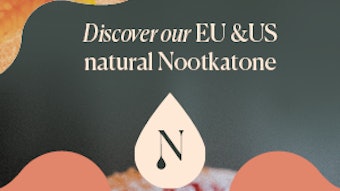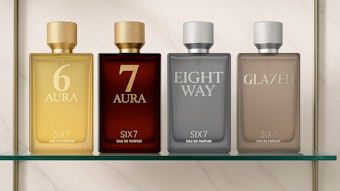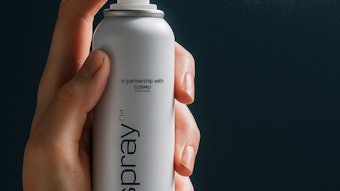
A paper published in Regulatory Toxicology and Pharmacology reveals consumer exposure to fragrance to be extremely low.
The Research Institute for Fragrance Materials, Inc. (RIFM), in collaboration with Creme Global, compared the fragrance exposure of the highest-end product users to the Threshold of Toxicological Concern (TTC) and Dermal Sensitization Threshold (DST) to determine a realistic understanding of consumer exposure to fragrance.
The study compared exposure to the approximately 3,000 in-use fragrance-producing ingredients to their respective TTCs and DSTs.
The study's lead author, Isabelle Lee, Ph.D., senior scientist of Dermatotoxicology at RIFM, said, "We found that 76% of fragrance-producing ingredients fall below their TTC levels when compared to the systemic exposure experienced by the highest-end users, while 99% of fragrance ingredients are below inhalation exposure TTC levels."
Paper co-author Anne Marie Api, PhD, RIFM's president, added,, "It may seem there is a lot of an ingredient in a product because our nose tells us it's there. But our olfactory sense is far better than most realize. We can easily detect something at concentrations of parts per million and, in many cases, parts per billion. Thus, very little fragrance is required to impart a desired scent."










